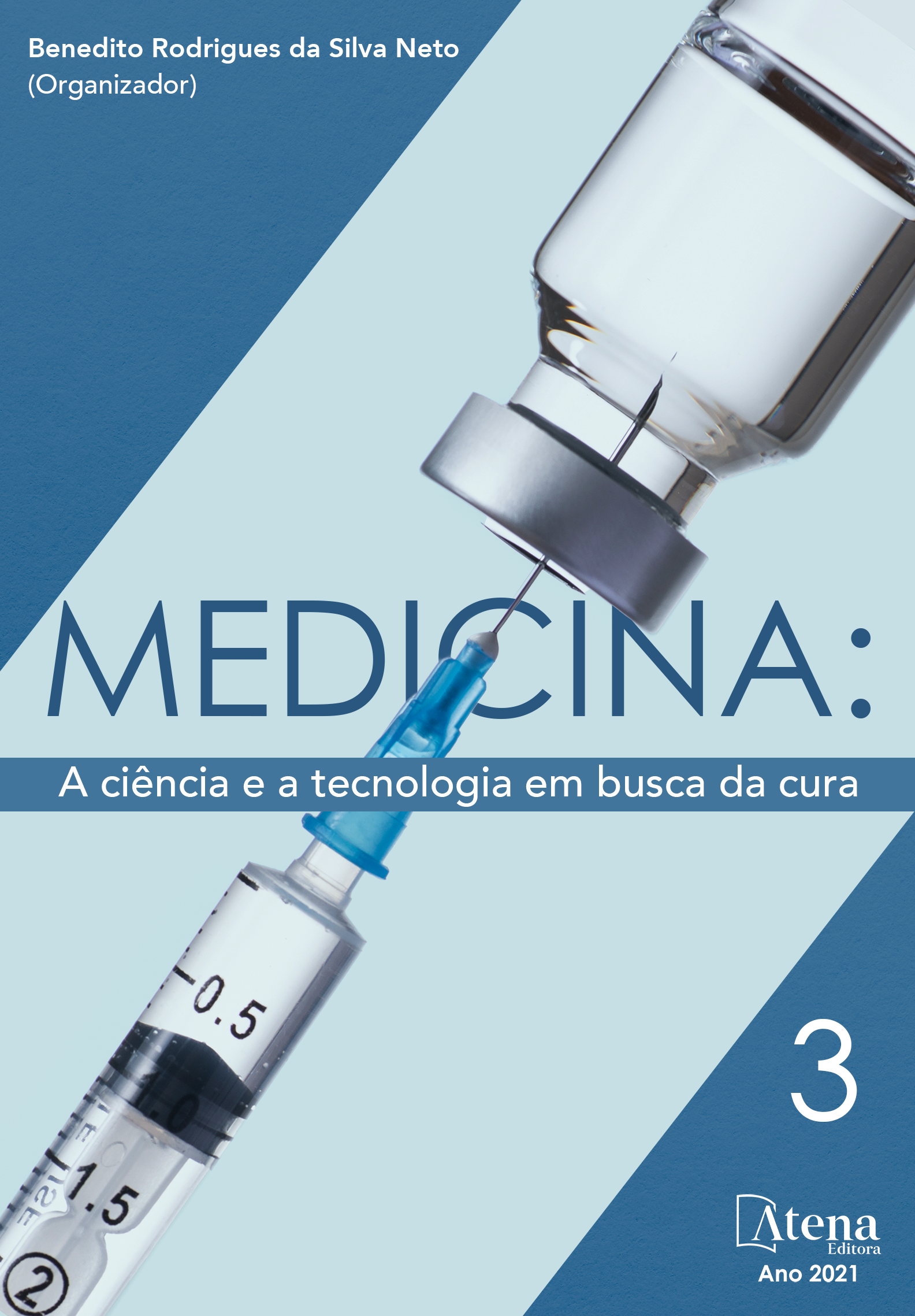
MENINGITE: PERFIL EPIDEMIOLÓGICO DO SURTO DE 2014 EM RECÉM NASCIDOS E CRIANÇAS POR TODO O TERRITÓRIO NACIONAL
Denomina-se Meningite os processos inflamatórios que acometem as membranas leptomeníngeas que recobrem o encéfalo e a medula espinhal, podendo atingir, outras estruturas do Sistema Nervoso Central. De acordo com as estruturas nervosas acometidas pelo processo inflamatório podemos distinguir o termo meningite em: Meningomielite (quando atinge as meninges e a medula espinhal); Meningoencefalite (atingindo as meninges e o encéfalo); Meningomieloencefalite (atingindo meninges, medula espinhal e encéfalo). As causas de inflamação são geralmente infecciosas (bactérias, fungos, vírus, protozoários, espiroquetas, helmintos ou microbactérias). A Meningite bacteriana aguda permanece como uma doença de altíssima morbidade e mortalidade. Contudo, com o avanço da antibioticoterapia, as chances de sobrevida se aprimoram. Durante o período da era pré-antibióticos, as observações clínicas e patológicas caracterizavam a doença pelo seu alto potencial endêmico e epidêmico; pela incidência em crianças e pelo seu curso invariavelmente fatal. OBJETIVO: evidenciar, em um recorte entre 2010 a 2015, o surto ocorrido no território nacional, em 2014, de Meningite em recém nascidos e crianças até 14 anos, de ambos os sexos, e sua epidemiologia. Além de comparar esses dados com matérias jornalísticas. METODOLOGIA: os dados foram coletados no portal Data SUS, do Ministério da Saúde. As variáveis selecionadas para a pesquisa foram: idade, sexo, tipo de meningite, morbidade e mortalidade, localidade. Estabelecendo, assim, um panorama dos acontecimentos por residência, que serviu como sustentação para a confecção dos gráficos populacionais presentes neste trabalho. CONCLUSÃO: Diante dos dados apresentados e das evidências discutidas, fica clara o favorecimento de um surto de doença meningocócica nos anos de 2014 e 2015 de caráter difuso pelo território nacional, acometendo pacientes de idades muito precoces, variando de idade neonatal até adolescentes; e de ambos os sexos, facilitando a conscientização sobre os fatos discorridos e a tomada de decisão de órgãos competentes e responsáveis.
MENINGITE: PERFIL EPIDEMIOLÓGICO DO SURTO DE 2014 EM RECÉM NASCIDOS E CRIANÇAS POR TODO O TERRITÓRIO NACIONAL
-
DOI: 10.22533/at.ed.96021201212
-
Palavras-chave: Meningite. Epidemiologia. Morbidade. Mortalidade
-
Keywords: Meningitis. Epidemiology. Morbidity. Mortality
-
Abstract:
Meningitis is called the inflammatory processes that affect the leptomeningeal membranes that cover the brain and spinal cord, which may affect other structures of the Central Nervous System. According to the nervous structures affected by the inflammatory process, we can distinguish the term meningitis in: Meningomyelitis (when it affects the meninges and spinal cord); Meningoencephalitis (affecting the meninges and the brain); Meningomyeloencephalitis (affecting meninges, spinal cord, and brain). The causes of inflammation are generally infectious (bacteria, fungi, viruses, protozoa, spirochetes, helminths or microbacteria). Acute bacterial meningitis remains a disease with extremely high morbidity and mortality. However, with the advancement of antibiotic therapy, the chances of survival improve. During the period of the pre-antibiotics era, clinical and pathological observations characterized the disease by its high endemic and epidemic potential; by its incidence in children and by its invariably fatal course. PURPOSE: to highlight, in a cutout between 2010 and 2015, the outbreak that occurred in the national territory, in 2014, of Meningitis in newborns and children up to 14 years of age, of both sexes, and its epidemiology. In addition to comparing these data with news stories. METHODOLOGY: data were collected on the Data SUS portal, of the Ministry of Health. The variables selected for the research were: age, sex, type of meningitis, morbidity and mortality, location. Thus, establishing an overview of the events by residence, which served as support for the making of the population graphs present in this work. CONCLUSION: Given the data presented and the evidence discussed, it is clear that an outbreak of meningococcal disease in the years 2014 and 2015 is widespread throughout the national territory, affecting patients of very early ages, ranging from neonatal to adolescents; and of both sexes, facilitating awareness of the facts discussed and decision-making by competent and responsible bodies.
-
Número de páginas: 31
- José Renato Guerra Alves
- Rafael dos Santos Reis
- Ivila Machado Martins
- Sabrina Guimarães Silva
- Heloisa Magda Resende
- Higno Rafael Machado Martins


